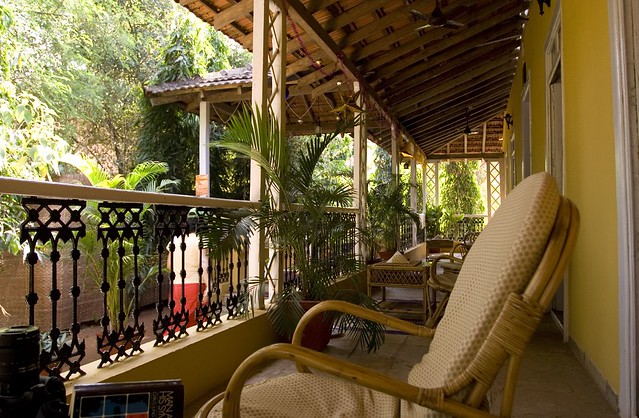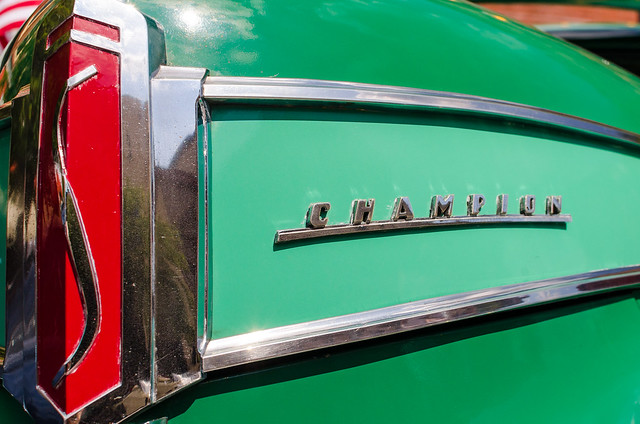Podcast: Play in new window | Download
The new language pages on Omniglot this week are:
- Khorchin (ᠬᠣᠷᠴᠢᠨ), a variety of of Mongolian spoken in the Hinggan League in the east of Inner Mongolia in the north of China.
- Bugan (Pakan), a Pakanic language spoken in the southeast of Yunnan province in the southwest China.
- Khamnigan Mongol (ᠬᠠᠮᠨᠢᠭᠠᠨ), a Mongolic language spoken mainly in the Chen Baehru Banner of the Hulunbuir League in the northeast of Inner Mongolia in northern China.
There are two new adapated scripts:
- Roenskrif (ᚱᚢᚾᛋᚲᚱᛌᚠ), a way to write Afrikaans with a version of the Elder Futhark runic alphabet devised by Luan Bierman
- Nahuangul (나완글), a way to write Nahuatl with the Korean Hangeul alphabet.
There are new numbers pages in: Wa (Va), Nyah Kur (ญัฮกุ้ร) and Mon (ဘာသာ မန်), which are Austroasiatic languages spoken in Myanmar, Thailand and China.
On the Omniglot blog this week there’s a post about Language Politics, which discusses some criticisms that are often made of minority and endangered languages, and the usual Language Quiz.
The mystery language in last week’s language quiz was Selkup (шӧльӄумыт әты), a Samoyedic language spoken along the River Taz in Siberia in northern Russia.
The Celtiadur post this week is about words for material and related things in Celtic languages.
In the Adventure in Etymology this week we look into the origins of the word paint.
For more Omniglot News see:
https://www.omniglot.com/news/
https://twitter.com/Omniglossia
https://www.facebook.com/groups/omniglot/
https://www.facebook.com/Omniglot-100430558332117
You can also listen to this podcast on: Apple Podcasts, Amazon Music, Stitcher, TuneIn, Podchaser, PlayerFM or podtail.
If you would like to support this podcast, you can make a donation via PayPal or Patreon, or contribute to Omniglot in other ways.










